IEICE technical committee meeting of Space, Aeronautical and Navigational Electronics at Sendai, Miyagi
Seidai Airport
I have presented my research at the Technical Committee on Space, Aeronautical, and Navigational Electronics (SANE) of the Institute of Electronics, Information and Communication Engineers. This January session held for two days, and the first day was held at ENRI (Electronic Navigation Research Institute) Iwanuma Branch, the second day was held at Natori Performing Art Center. In particular, Iwanuma Branch has an experimental aircraft, and I really enjoyed attending the meeting.
When I arrived at Sendai Airport, I was greeted by Fuji Heavy Industries Ltd.’s FA-200 Aero Subaru, as usual. It seems like a voice is saying, “Welcome home.”
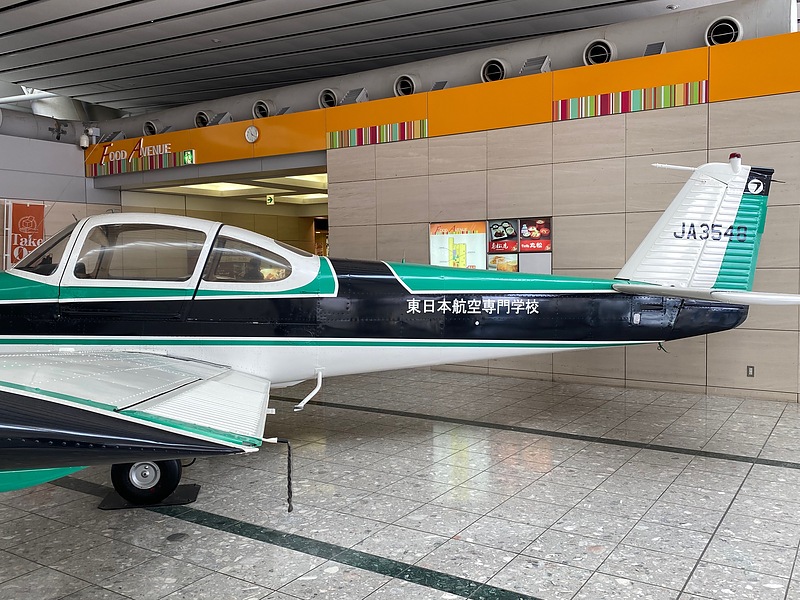
The Airport Museum “Tobutcha” at Sendai Airport has a real cockpit of the Airbus A300-600R (some of the instruments and overhead panels are shown in the photo). In the past, we could sit in the cockpit and control the stick, throttle, and trim.
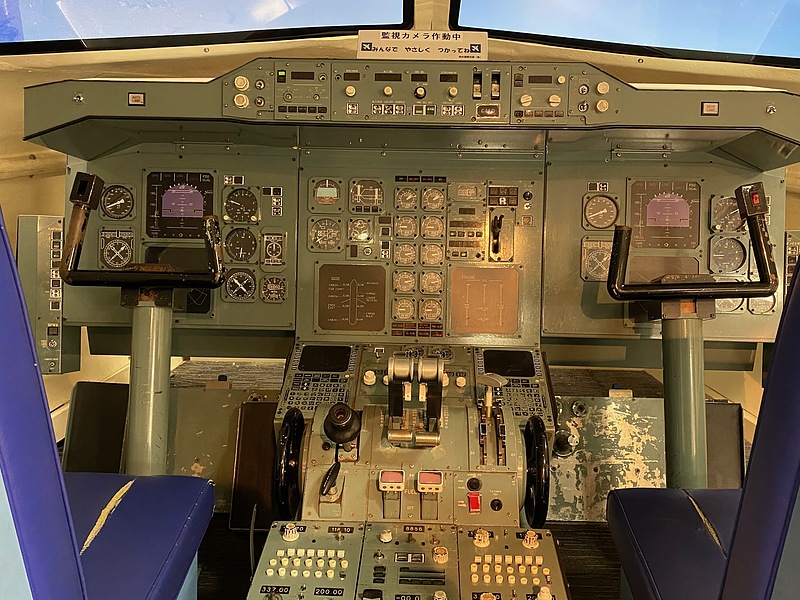
ENRI Iwanuma Branch
The Electronic Navigation Research Institute (ENRI) is an organization that conducts research in air traffic management and communication, navigation, and surveillance systems. This Iwanuma branch is located within Sendai Airport. However, the Iwanuma Branch is far from the passenger terminal and may be visited by using the airport bus.
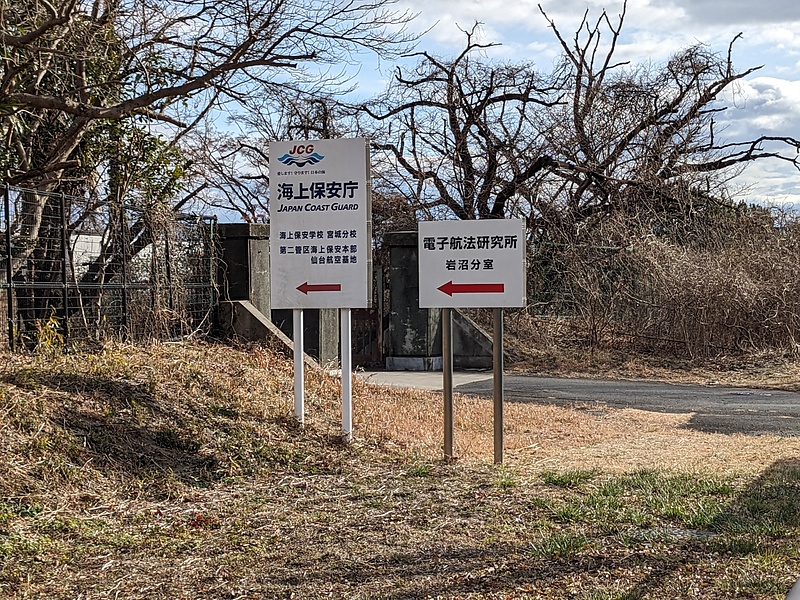
Pass through the gate, we can see a number of research antennas.
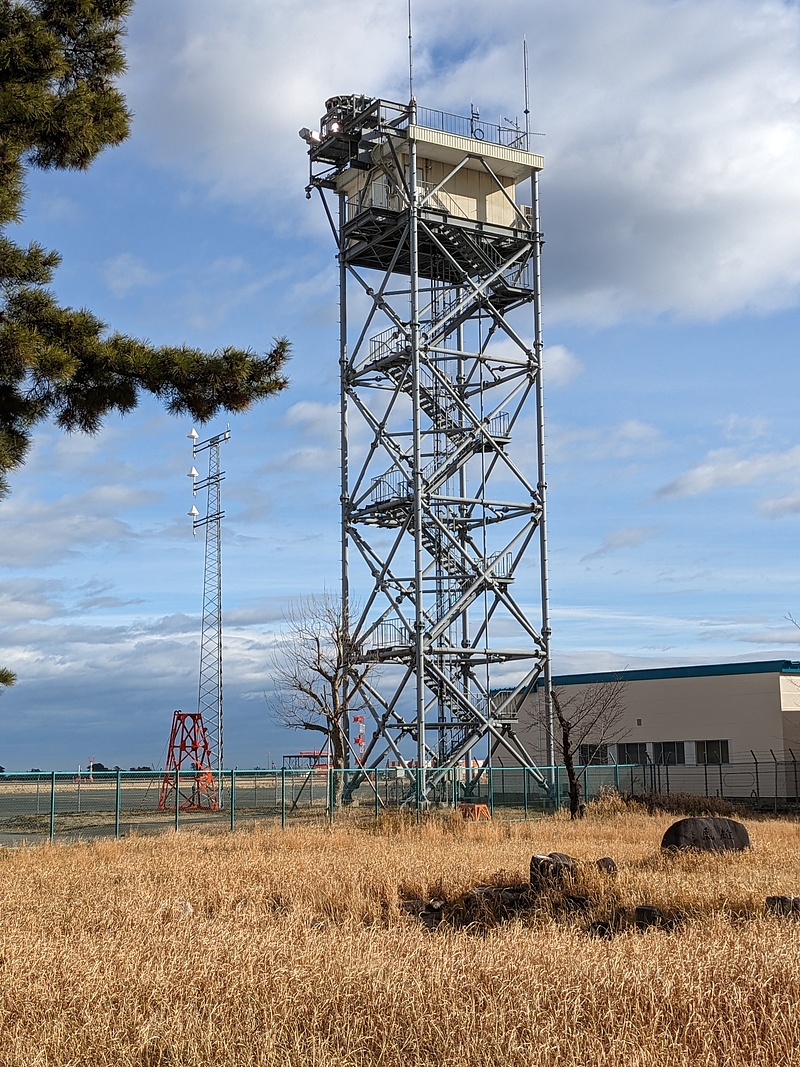
There was also a radar here. It’s amazing.
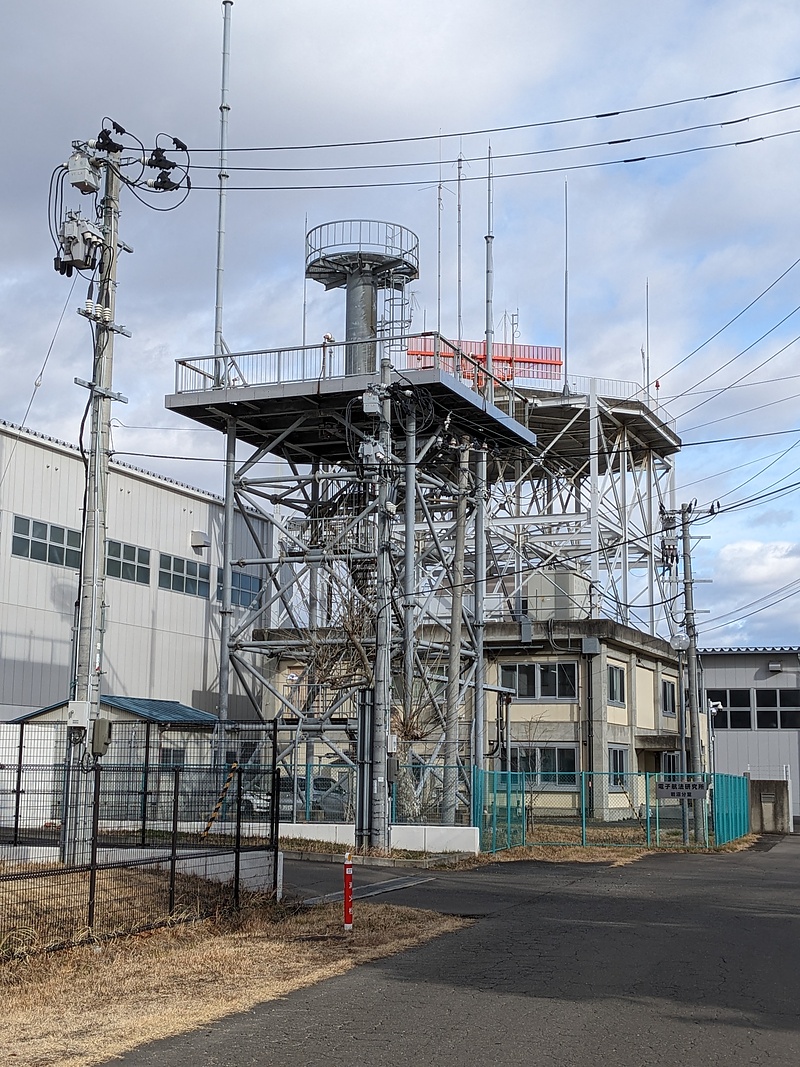
It was possible to participate in this meeting both on-site and online. There were many on-site participants, and the venue quickly filled up.
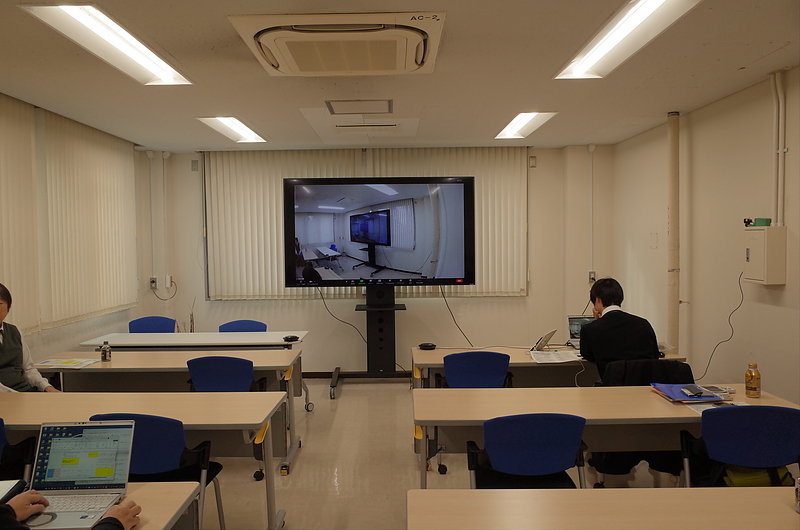
I presented my research on the morning of the first day. The title is “Galileo Improved I/NAV navigation message” (in Japanese). This is a compilation of the results of mobile reception of radiowaves from European positioning satellites.
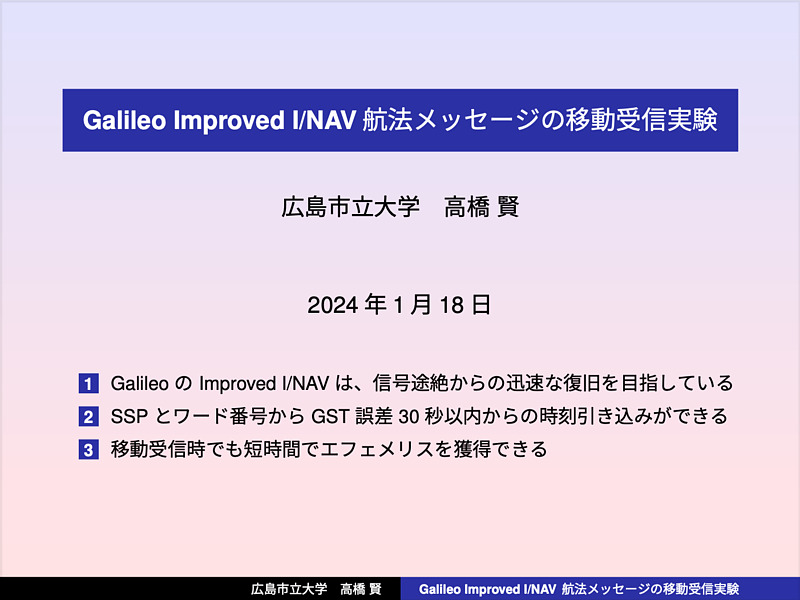
In the morning, I listened to a research presentation on new disaster information transmission using Japan’s positioning satellite Michibiki, and a research presentation on drone guidance using 76-GHz band millimeter wave radar.
I ate a fried chicken set meal at Bunchan Shokudo, a cafeteria located at Miyagi Branch of Japan Coast Guard School, which is located next to the meeting venue.
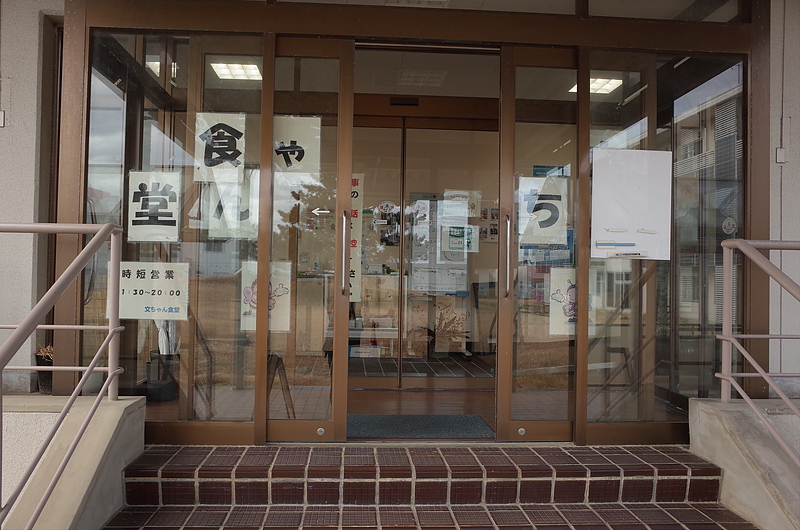
After that, I listen to a research presentation on passenger aircraft trajectory prediction and took a tour of the Iwanuma Branch in the afternoon.
During the tour of the Iwanuma Branch, we saw the new and spacious hangar, a beautifully polished research aircraft (Beechcraft King Air 350), and multilateration research equipment for ADS-B (automatic dependent surveillance - broadcast) radiowaves from aircraft.
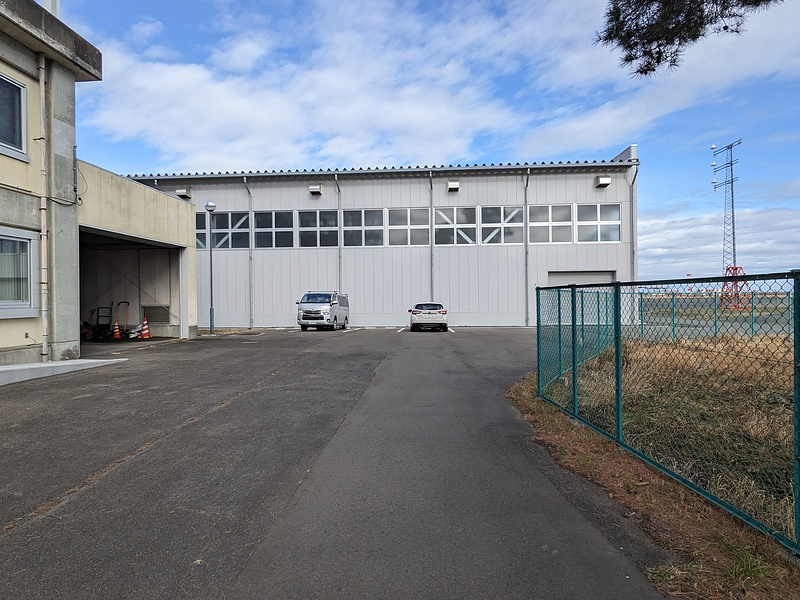
This plane is the third one of the Iwanuma Branch, and they purchased a business turboprop plane used elsewhere and modified for research purposes. This King Air 350 is said to be a popular model and is also used by the Japan Coast Guard Miyagi Branch. This aircraft was equipped with a Trimble NetR9 high-performance positioning satellite receiver. It is also equipped with research equipment that can simultaneously use 10 signals from distance measurement equipment (DME). I learned how difficult research using aircraft is, such as having to apply for changes every time the equipment changes as the experiment progresses. I was also able to tour the cockpit, which was very impressive. The first aircraft used in the Iwanuma Branch is now active elsewhere overseas, and the second one was washed away in the Tohoku Earthquake and was deregistered.
Multilateration is a method of estimating the position by simultaneously receiving radiowaves from aircraft at multiple locations, and is also used by Flightradar24. The multilateration equipment here uses radiowaves received at eight locations within Sendai Airport and the radiowaves are brought into the facility via optical fiber (ROF: radio on fiber) to estimate aircraft positions while synchronizing time.
Research into radar that detects foreign object debris (FOB) on runways has shown that it can detect not only small pieces of metal, but also small birds and insects. Unwanted radiowave reflections from radar are called clutter, while radiowaves reflected from small birds and insects are specially called angel echoes. It is interesting to be able to detect angel echoes from a single small bird amidst the clutter from the concrete. Naturally, airplanes, which are large metal objects, are also detected, but the reflected waves from the airplane are muted using information from another system.
Sendai Airport Rinku Park
After the first day of the meeting, I had some time and I went to Sendai Airport Rinku Park. Although it is far from the airport terminal, but it is close to the Iwanuma branch.
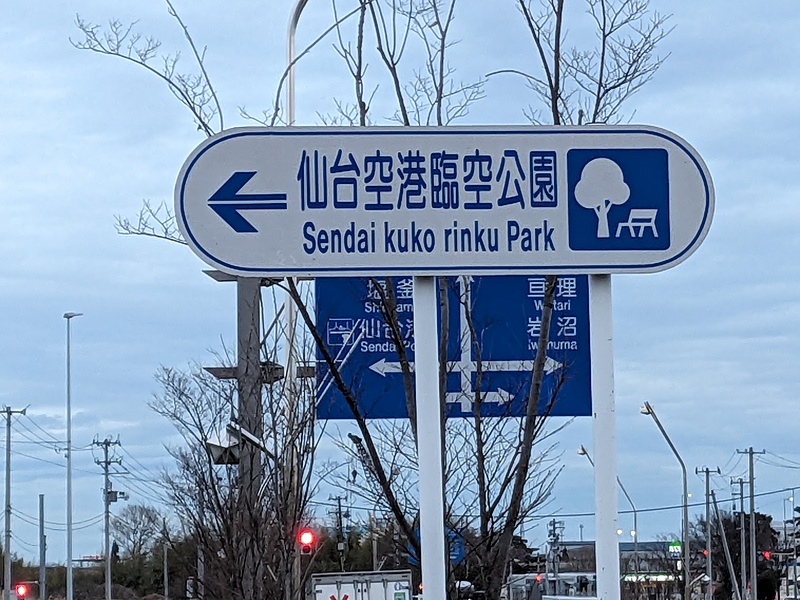
There are benches at the end of the park where we can watch planes take off up close.
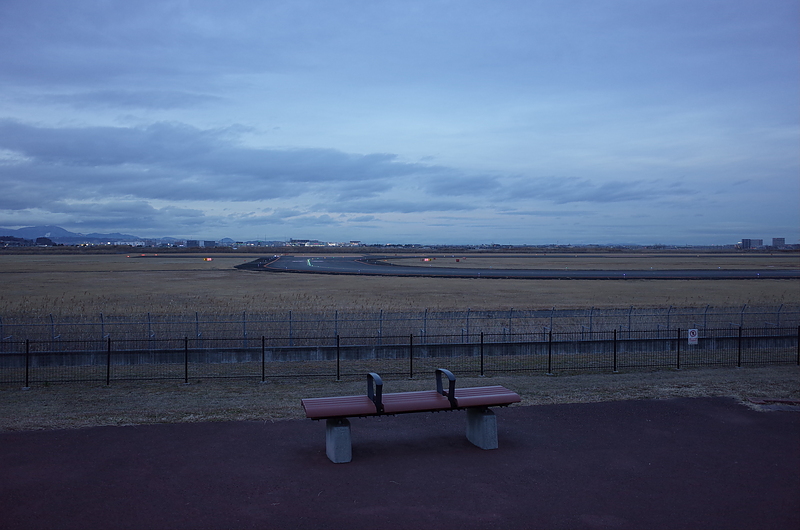
Sendai Airport is a relatively busy airport, so you can see a lot of planes. Small planes and helicopters were also taking off and landing.
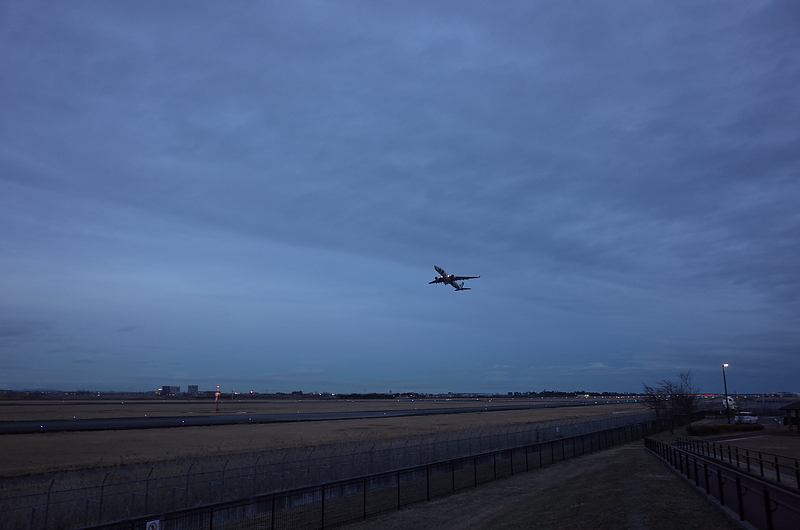
Natori Performing Art Center
Natori is located between Sendai Airport and Sendai Station, and there is also a stop on the access railway that connects these two points. Natori Performing Art Center was also a beautiful place.
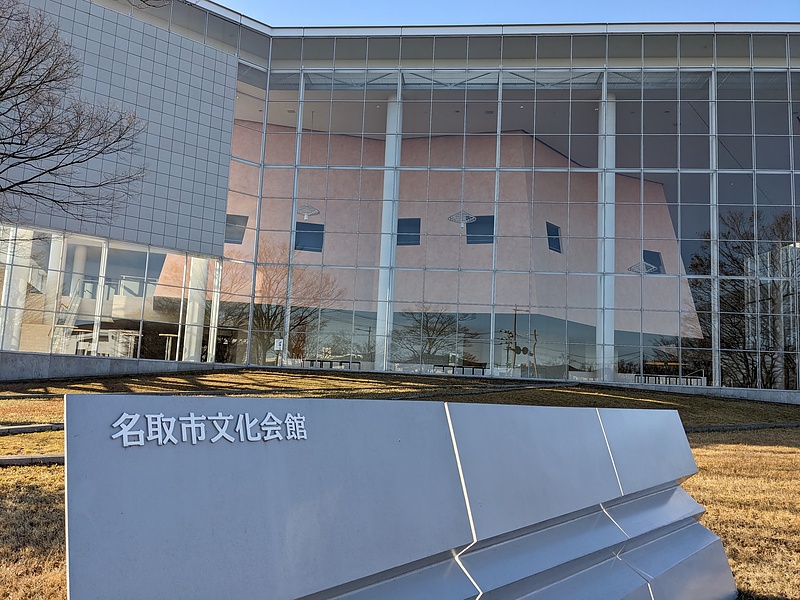
At the meeting, I listened to research presentations on GPR (ground penetration radar), air traffic control, radar, and unmanned aircraft control. I was able to learn about how GPRs were used in Japan and overseas, new air traffic control, and research into drone control using actual aircraft.
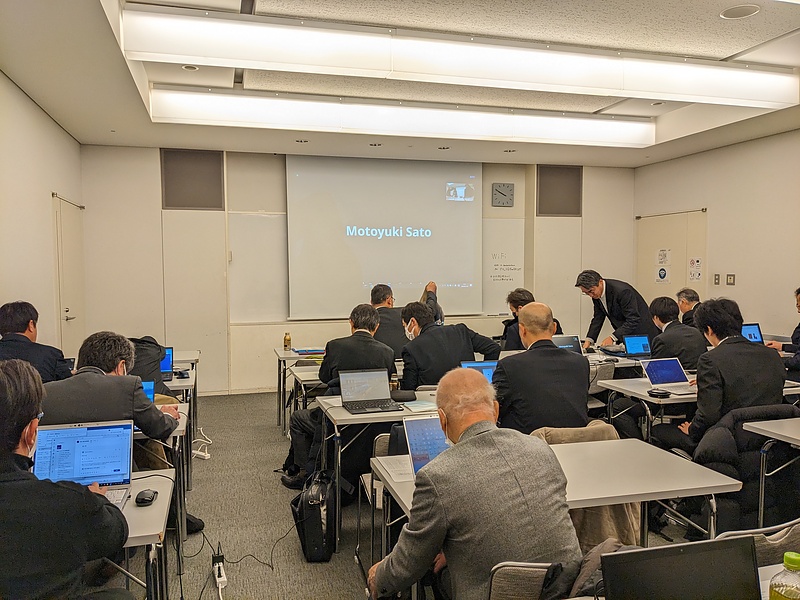
After the meeting ended, I attended the society’s social gathering.
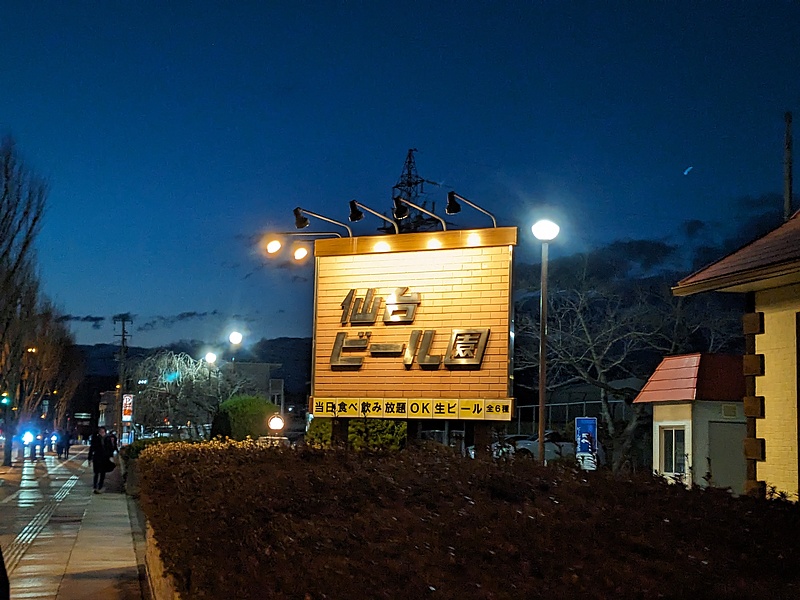
Here, I talked with many people while enjoying delicious beer, Genghis Khan, and Natori’s specialty, “Seri Nabe,” a hot pot with roots and leaves. I am very grateful to the research committee meeting secretary.
Sendai City Tomizawa Site Museum
The day after the meeting ended, I had some time before my flight home, so I went to the Sendai City Tomizawa Site Museum, located between Sendai Station and Sendai Airport.
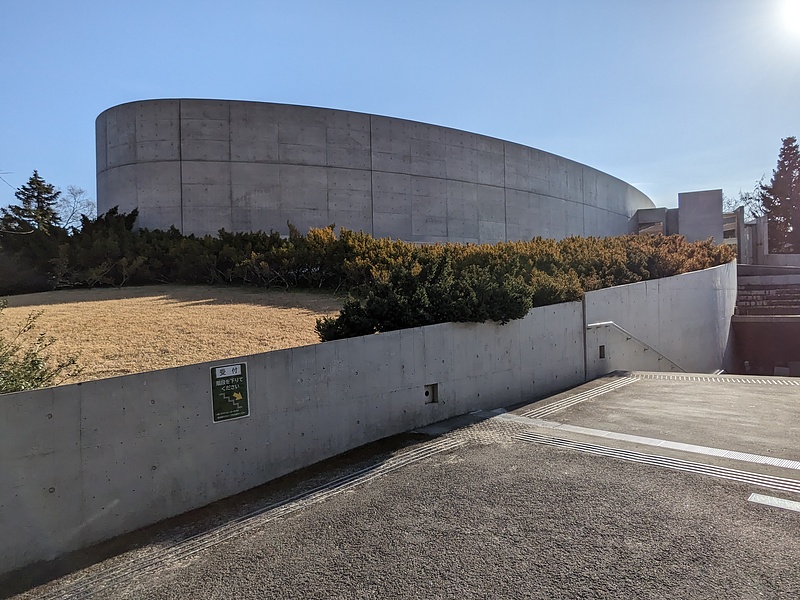
Here, the remains of Paleolithic bonfires from 20,000 years ago, charred wood, fossilized deer dung and insects are on display. There was only one trace of a bonfire, and it is assumed that three people were there.
It is believed that these people went hunting, but were unable to return home after catching only one rabbit, so they had no choice but to camp here. We still don’t know where they came from, where they went, or why the stone tools were buried all together in a hole.
Although it can be said to be the remains of a one-day camp, it provides a glimpse of life in the Paleolithic era. There were some interesting ideas on display, such as how to start a fire.
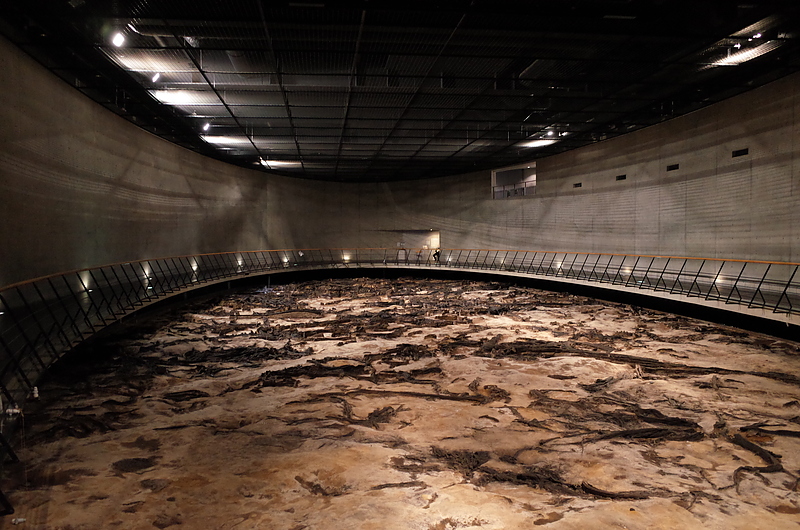
In Sendai, I learned a lot of research activities, toured interesting facilities, saw a lot of airplanes, and ate a lot of delicious food.